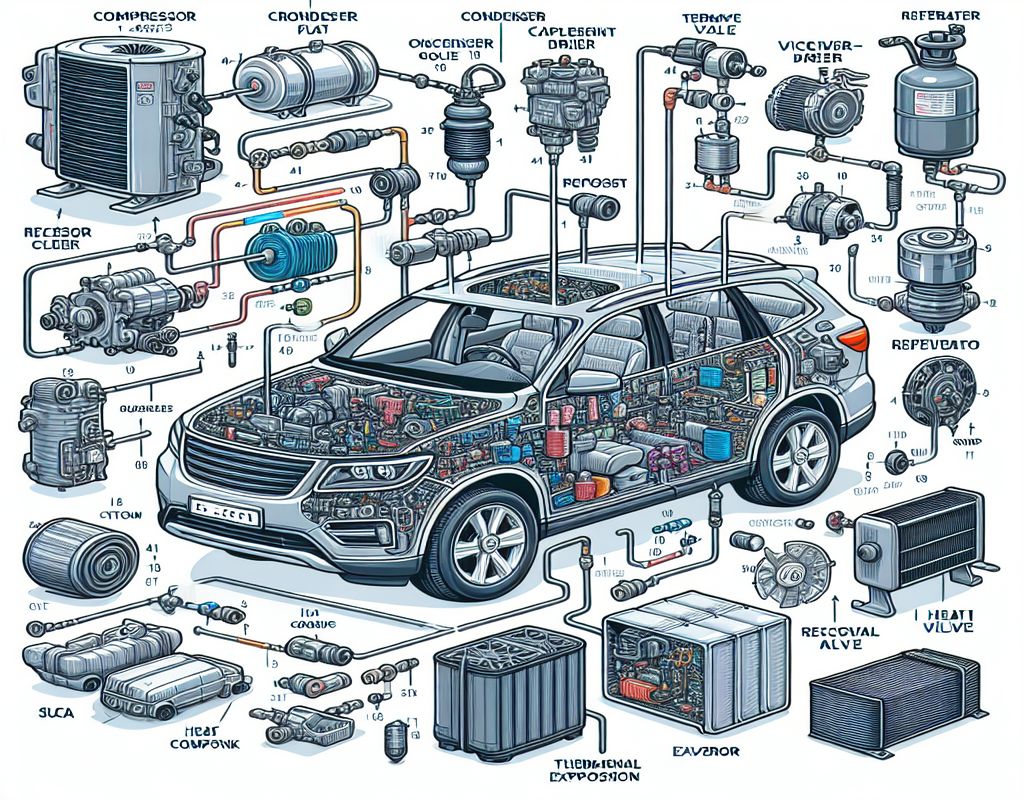Unveiling the Vital Role of Your 2013 Ford Explorer’s AC System
In the sweltering heat of summer or the frosty chill of winter, your 2013 Ford Explorer’s air conditioning (AC) system stands as your trusty companion, ensuring a comfortable journey. Let’s delve into the inner workings of this crucial system and why its upkeep is paramount for a seamless driving experience.
Understanding the AC System’s Operation
Your 2013 Ford Explorer’s AC system operates as a sophisticated closed-loop mechanism designed to cool the cabin air by circulating refrigerant. Through a series of intricate stages involving compression, condensation, expansion, and evaporation, the refrigerant extracts heat from the interior, creating a refreshing oasis inside your vehicle, regardless of the external weather conditions.
Significance of AC System Maintenance
Maintaining your AC system on a regular basis is the key to its optimal performance and longevity. By sticking to a maintenance regimen, you can prevent breakdowns, prolong component lifespan, preserve air quality, boost fuel efficiency, and elevate your overall driving comfort. Neglecting maintenance could result in diminished cooling capacity, higher energy consumption, and potential costly repairs in the future.
Unveiling the 2013 Ford Explorer’s AC System
Exploring the evolution and components of the AC system in your 2013 Ford Explorer sheds light on this indispensable feature in your vehicle.
Tracing the Legacy of the Ford Explorer and Its AC System
With a rich history of reliable performance, the Ford Explorer has continually enhanced its AC system to deliver superior cooling efficiency and passenger comfort. As a sought-after SUV celebrated for its adaptability and ruggedness, the Explorer’s AC system has evolved to cater to the needs of modern drivers seeking a pleasurable driving experience in diverse climates.
Essential Components of the 2013 Ford Explorer’s AC System
Comprising a synergy of critical components, the AC system in your 2013 Ford Explorer efficiently regulates cabin temperature. From the compressor, condenser, evaporator, and expansion valve to the refrigerant lines and controls, each element plays a pivotal role in the cooling process, ensuring a cozy driving environment.
Stay tuned for an in-depth exploration of your 2013 Ford Explorer’s AC system, where we’ll delve into the importance of AC line diagrams, component functionalities, common issues, and troubleshooting tips to keep your system in peak condition.

Leave a Reply